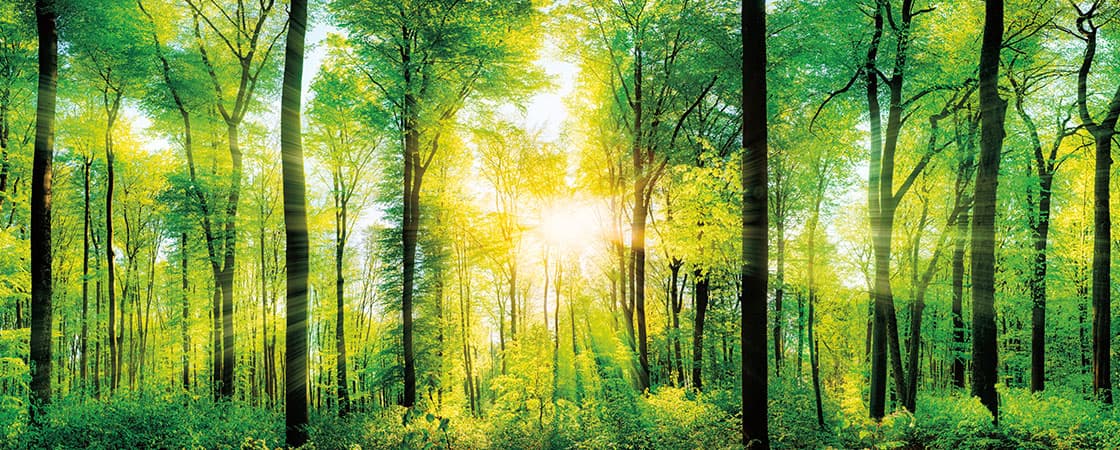RICK FANSLER/SHUTTERSTOCK.COM
You’re in a land like no other on Earth. Forests stretch as far as the eye can see. Streams overflow with fish. And what is that rumbling noise you hear in the distance? Is it a thunderstorm? An earthquake? No, it’s a herd of giant bison. There are thousands of them! And they’re charging right toward you. Run!
You sprint through the tall grass. But wait a minute, where are you? You’re in the middle of a land that stretches from ocean to ocean. It will one day be known as the United States. But America isn’t a country yet. America isn’t even a word. The year is 1400. And millions of people live on this beautiful land.
You’re in a place like no other on Earth. There are forests as far as you can see. Streams are filled with fish. And what is that loud noise you hear from far away? Is it a thunderstorm? An earthquake? No, it’s a herd of giant bison. There are thousands of them! And they’re coming right toward you. Run!
You race through the tall grass. But wait a minute. Where are you? You’re in the middle of a huge land. This land stretches from one ocean to another. Someday, it will be called the United States. But America isn’t a country yet. America isn’t even a word. The year is 1400. And millions of people live on this beautiful land.

